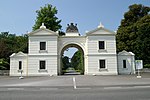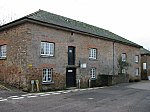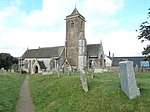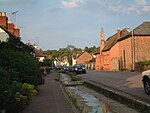Colaton Raleigh
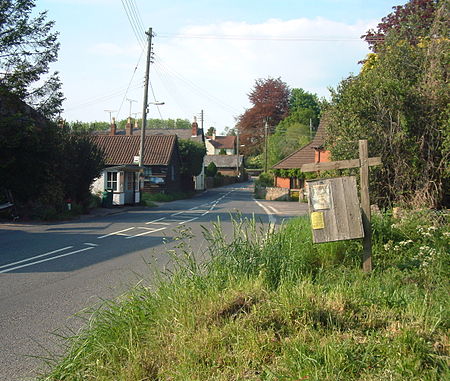
Colaton Raleigh is a village and civil parish in East Devon, England. The parish is surrounded clockwise from the north by the parishes of Aylesbeare, Newton Poppleford and Harpford, Otterton, Bicton, Woodbury and a small part of Farringdon.The village is located to the west of the River Otter on the B3178 road between Newton Poppleford to the north and East Budleigh to the south. The village is mentioned in the Domesday Book stating it had 20 villagers, 8 smallholders and 6 slaves. In 1066 it was owned by Earl Harold (King Harold II) before passing to King William after Harold's defeat at the Battle of Hastings. The church is dedicated to St John the Baptist. The village has a shop named "Woods Village Stores" in the centre next to the B3178 road. Bus route 157 operated by Stagecoach South West runs hourly towards Exmouth and Sidmouth through the village. The village's public house is called the Otter Inn; its large garden contains monkey puzzle trees.
Excerpt from the Wikipedia article Colaton Raleigh (License: CC BY-SA 3.0, Authors, Images).Colaton Raleigh
Shepherds Lane, East Devon Colaton Raleigh
Geographical coordinates (GPS) Address Nearby Places Show on map
Geographical coordinates (GPS)
| Latitude | Longitude |
|---|---|
| N 50.677959 ° | E -3.301555 ° |
Address
Shepherds Lane
Shepherds Lane
EX10 0LP East Devon, Colaton Raleigh
England, United Kingdom
Open on Google Maps

